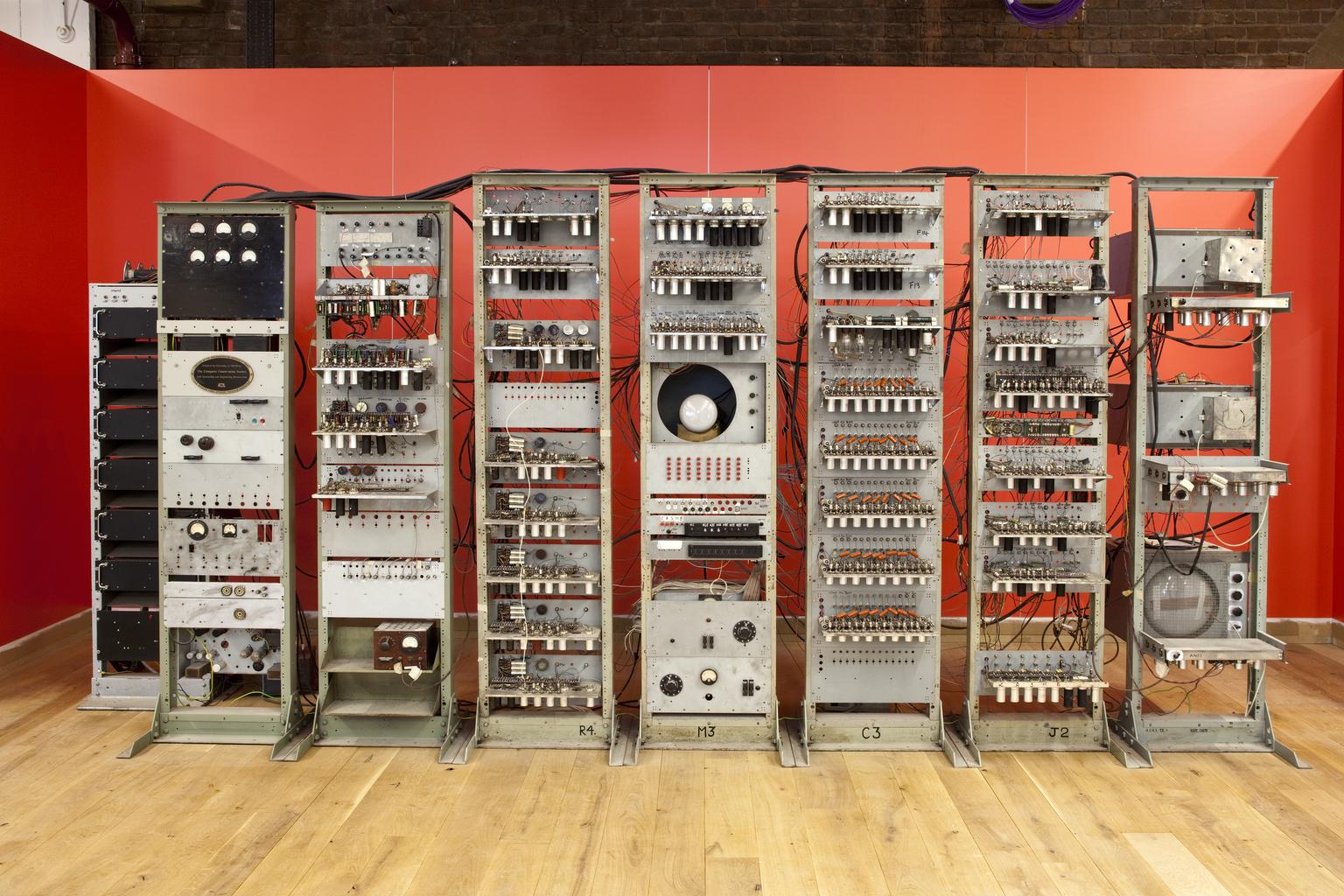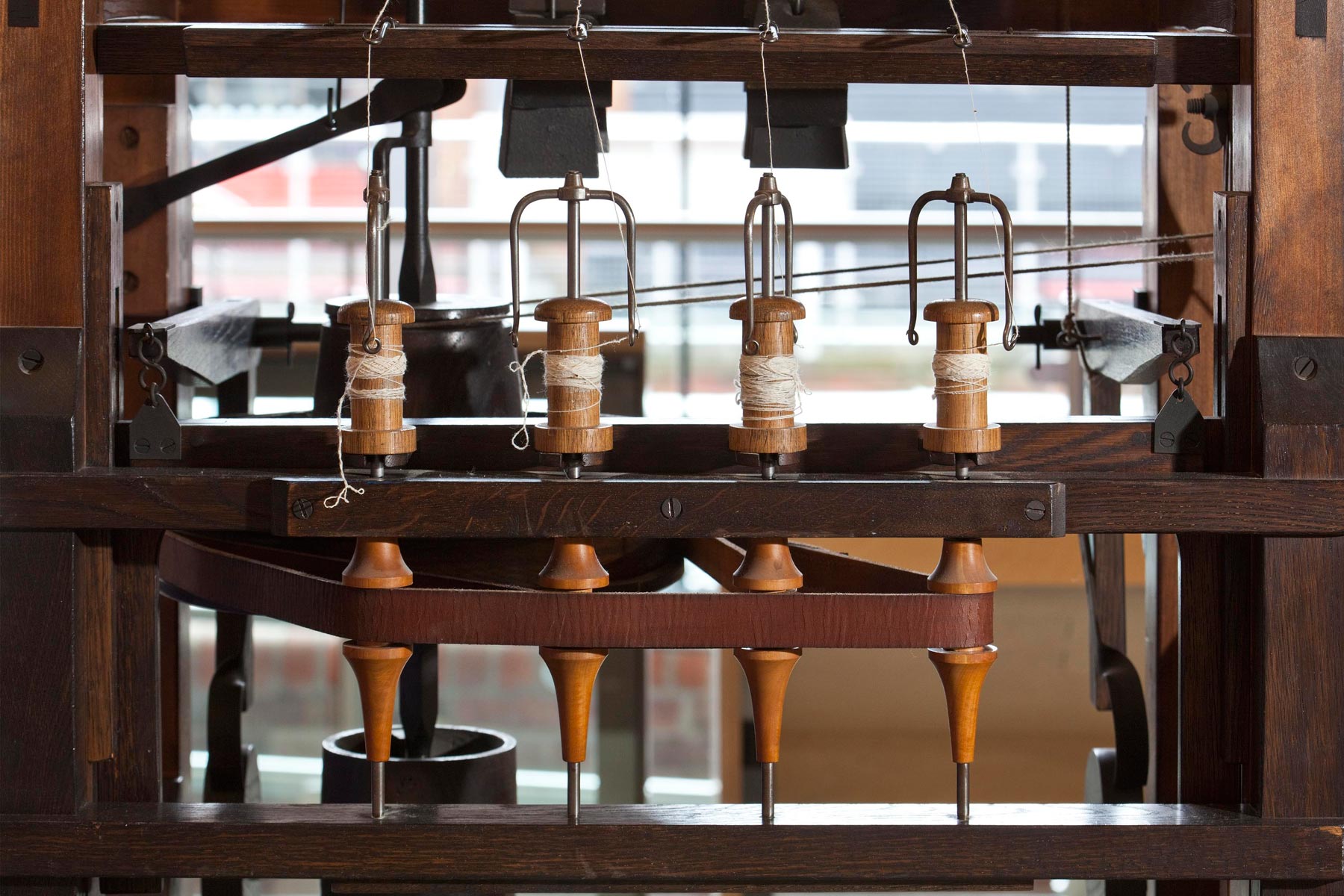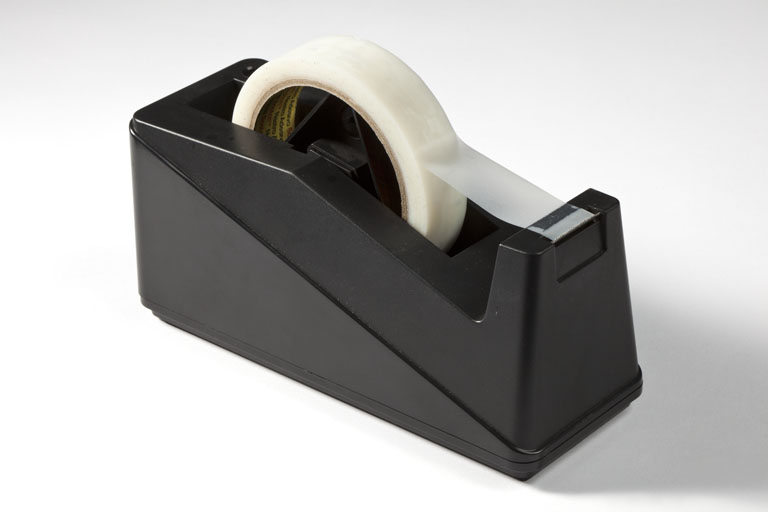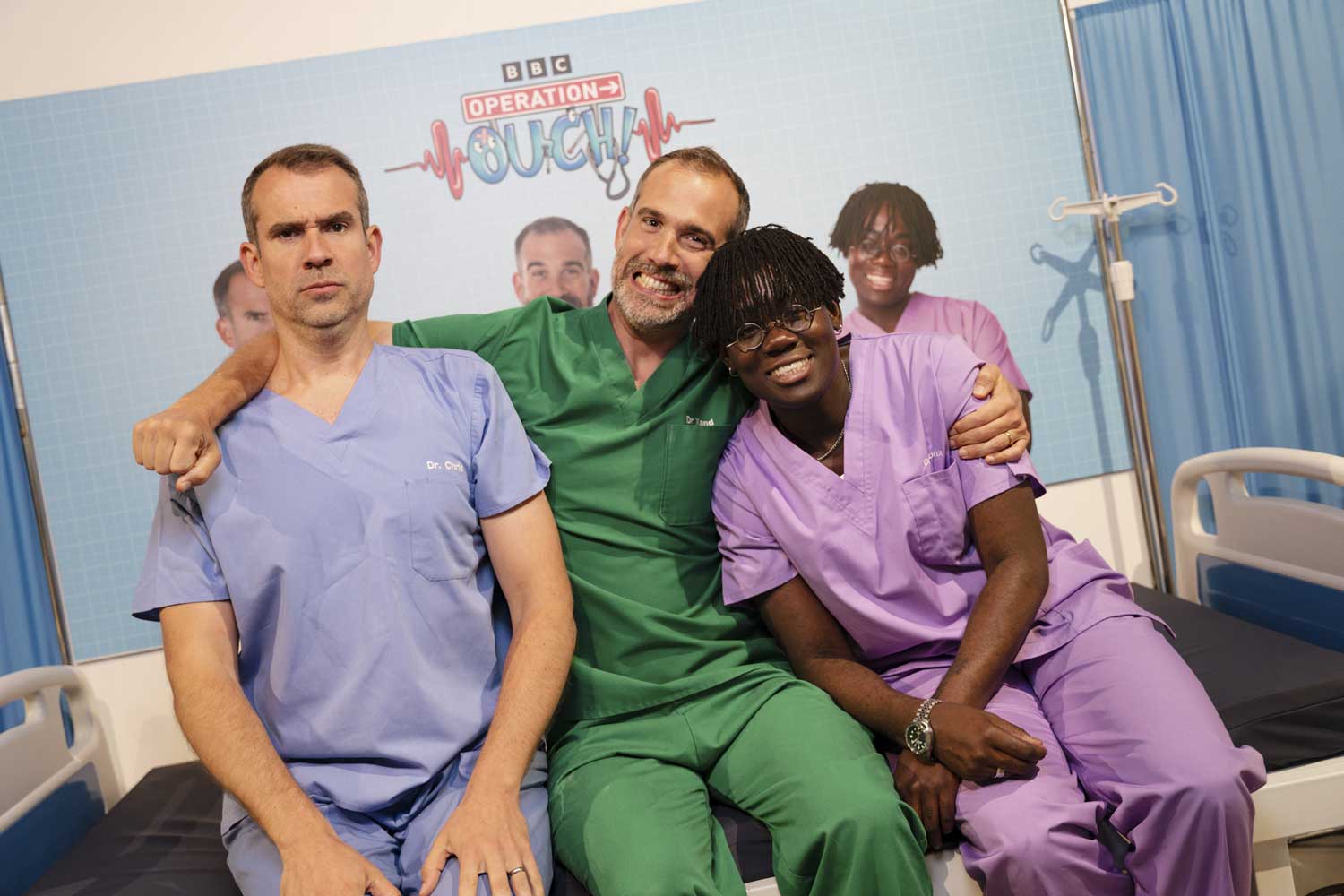Rolls and Royce
The esteemed Rolls-Royce motor company started life in Manchester and is the result of a remarkable partnership between Henry Royce, an expert engineer, and Charles Rolls, a motorcar pioneer.
The duo were committed to experimentation and testing. Together, they led the way in early motor technology, creating motorcars that were powerful, quiet and more reliable than their competitors.
You can get up close to one of the first Rolls-Royce motorcars in our Revolution Manchester Gallery. This particular Rolls-Royce was Henry Royce’s own vehicle and is one of only three remaining cars of this type in the world.

Zeroes and ones
They may not sound like very big numbers, but zeroes and ones make our digital world spin.
With a zero and one, you can do all sort of things. You can use it as a way of representing different numbers, so instead of counting 1, 2 ,3 ,4 , 5, you could count in binary and go 0001, 0010, 0011, 0100, 0101. Even better you can use zero and one to represent ‘no’ and ‘yes’, or ‘off’ and ‘on’, and use them to build up logical instructions. All of which is very useful for telling machines what to do.
Back in 1804, the French inventor Joseph-Marie Jacquard used this idea in a new sort of loom that he patented to weave patterned cloth automatically. Jacquard’s loom was controlled by cards with holes punched in them, which we might think of as ‘ones’ and ‘zeroes’. Depending on if there was a hole or not controlled whether the loom raised the warp thread being woven, altering the pattern of the cloth. With a big stack of punched cards, the Jacquard loom could be programmed to weave cloth of different patterns—revolutionising the textiles industry.
Decades later, zeroes and ones became very useful when people started making computers, like the Manchester Baby, the world’s first stored program computer, built right here in Manchester in 1948. Baby’s memory was a modified television screen showing 1024 dots, each of which could be zero or one depending on its electrical charge. Baby was programmed by flicking switches off or on, to enter long strings of ones and zeroes representing instructions and numbers in binary. The program results were displayed in binary dots too.
Nearly 80 years later, our computers and other electronic gizmos still rely on the partnership of these two small numbers to make them work, but fortunately modern computers are much more user-friendly than Baby, so we don’t have to worry about every one and zero!
You can see an early example of a Jacquard Loom in our Textiles Gallery, as well as a full-scale replica of Baby in Revolution Manchester Gallery.

Rain and cotton
Not necessarily the first twosome that springs to mind, but Manchester drizzle and the city’s legacy of cotton are very much intertwined.
Manchester’s success with cotton can, to some degree, be attributed to its damp weather, since it provided the ideal humidity for cotton’s processing. In a dry atmosphere, cotton fibres lose their moisture to the air, which makes them brittle and more likely to snap. Get the humidity right and the fibres keep their moisture and stay strong and stretchy, which makes for good quality yarn that is less likely to break.
But Manchester’s penchant for precipitation can also be credited with creating the fast-flowing rivers that powered machines like Arkwright’s water frame in Lancashire’s earliest cotton mills. The water frame made it possible to spin cotton yarn more quickly and in greater quantities than ever before. It transformed the way people worked. Instead of spinning at home, they now worked long, repetitive and exhausting days in the mills looking after the machines.
An example of Arkwright’s Water Frame from 1775 is on display in our Textiles Gallery, and you can read this blog by our Senior Curator of Industrial Heritage, Katherine Vidal Belshaw, to find out more about how Manchester’s reputation for rain has supported its industrial connections.

Liverpool and Manchester
Despite often being viewed as rivals in the world of sport and having distinct cultural identity, the cities of Liverpool and Manchester have long tripped off people’s tongues together.
The Liverpool and Manchester Railway was the world’s first steam powered, inter-urban railway designed to transport both passengers and goods.
Goods traffic was at an all-time high between Liverpool and Manchester in the 1820s. Liverpool was the country’s main port for raw cotton, and Manchester’s mills devoured as much of it as they could, sending heaps of finished textiles back to Liverpool and out across the world.
But journeys between these two hubs of manufacturing and trade were expensive, slow and dangerous. Canal boats meandered to Manchester in 12 hours. Horse-drawn wagons took three hours but frequently crashed.
When the revolutionary Liverpool and Manchester Railway opened in 1830, it triggered a transformation in trade, travel, technology and time. It also provided the blueprint for hundreds of new railways around the world—coupling Liverpool and Manchester in the minds of people world-wide.
The terminus of the world-changing railway was Liverpool Road Station, which is now home to our museum. See what railway heritage you can spot on your next visit and discover more about the iconic Liverpool and Manchester Railway in this story.
Graphene and sticky tape
Many of us will know of graphene as the wonder material discovered here in Manchester 20 years ago.
Graphene is a one-atom-thick, two-dimensional carbon crystal. It is flexible, transparent and conducts electricity and heat incredibly well, giving this small material huge potential.
However, this wonder substance could have easily lay undiscovered for longer if it wasn’t for an unassuming, cheap and very common sidekick—sticky tape!
Since 1859 scientists had been trying to achieve a single atomic layer using chemical and mechanical methods involving expensive and specialised equipment. However, when a single sheet of graphene was finally isolated at the University of Manchester, it was done using ordinary sticky tape.
You can find out the full story of how an everyday household item became an integral part of this wonder material’s story in this blog, and also see the sticky tape dispenser used in the famous experiment on display in our Revolution Manchester Gallery.

Honorary iconic trio
For our final celebrated couple, we’ve added one extra!
Dr Chris, Dr Xand and Dr Ronx are stars of hit BBC Children’s show, Operation Ouch! The trio are renowned for their ability to engage, educate and entertain young viewers by conducting outrageous experiments in the name of science. It’s through this that they have provided unique inspiration for two of our recent world-premiere exhibitions: Operation Ouch! Foo, Poo and You, and Operation Ouch! Brains, Bogies and You.
As well as being on television, they’re all real-life doctors. Ronx is an emergency doctor, Xand specialises in tropical medicine and Chris in infectious diseases. But despite their many commitments, they have supported us to create two of our most epic exhibitions yet by immersing themselves in the lively, interactive and playful adventures.
Chris, Xand and Ronx might not be a duo, they might not be from Manchester, but their dedication to helping young people find the fun in science right here at the museum certainly makes them iconic.

You can explore Operation Ouch! Brains, Bogies and You at the Science and Industry Museum until 4 January 2025.